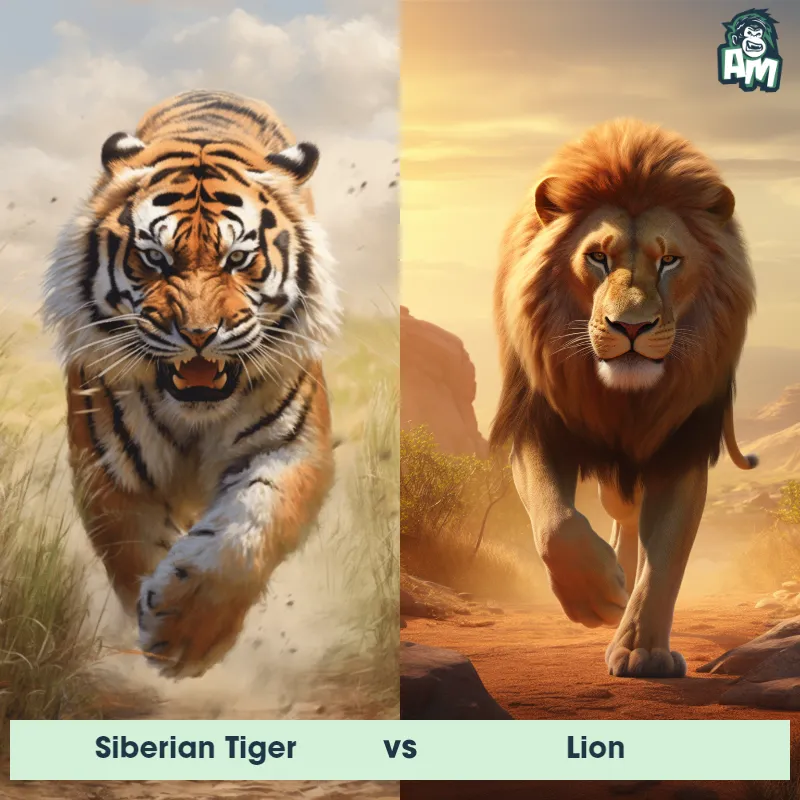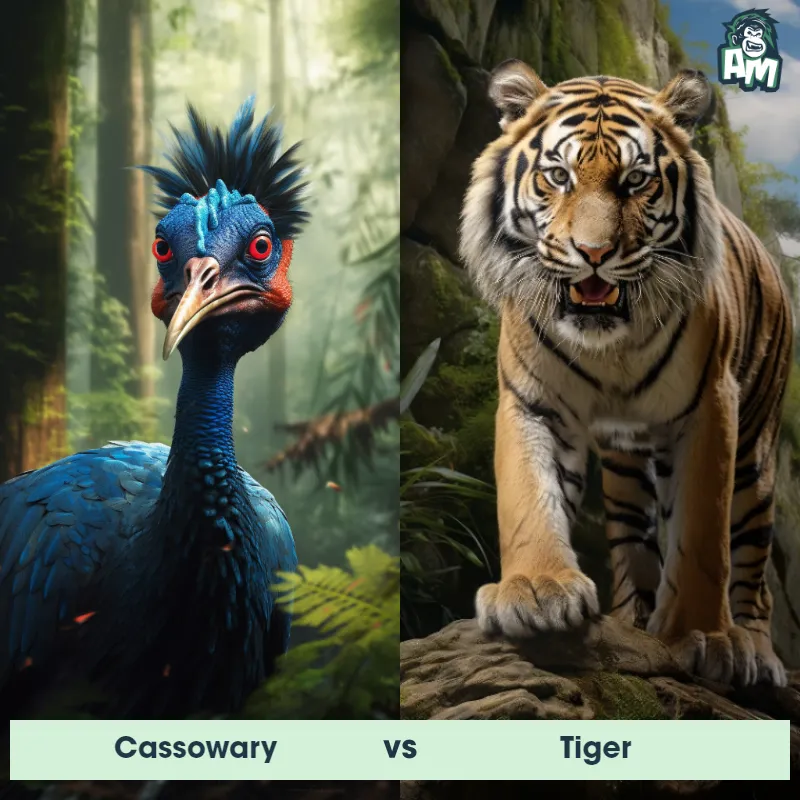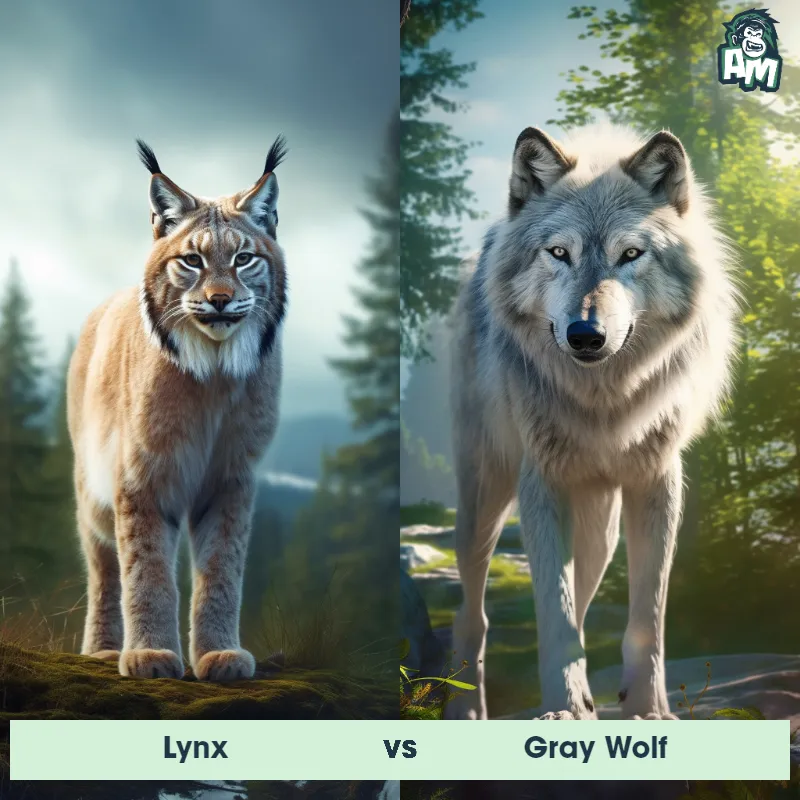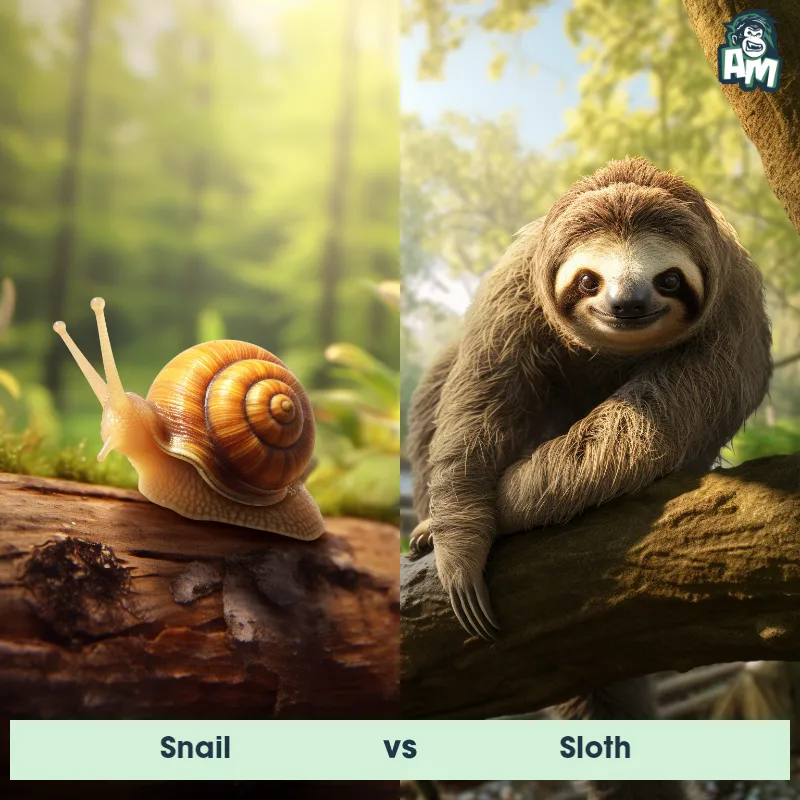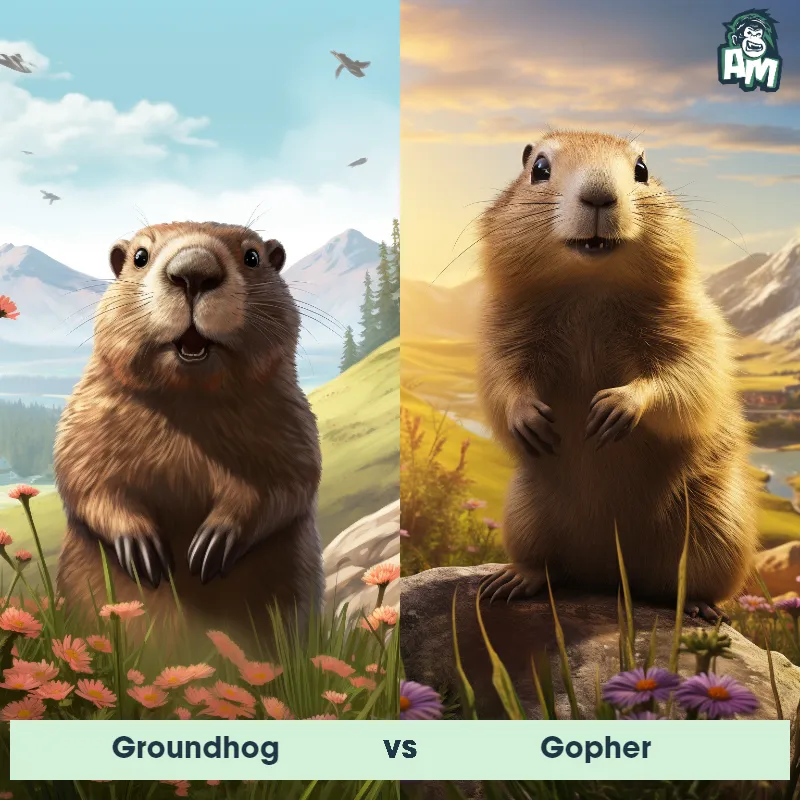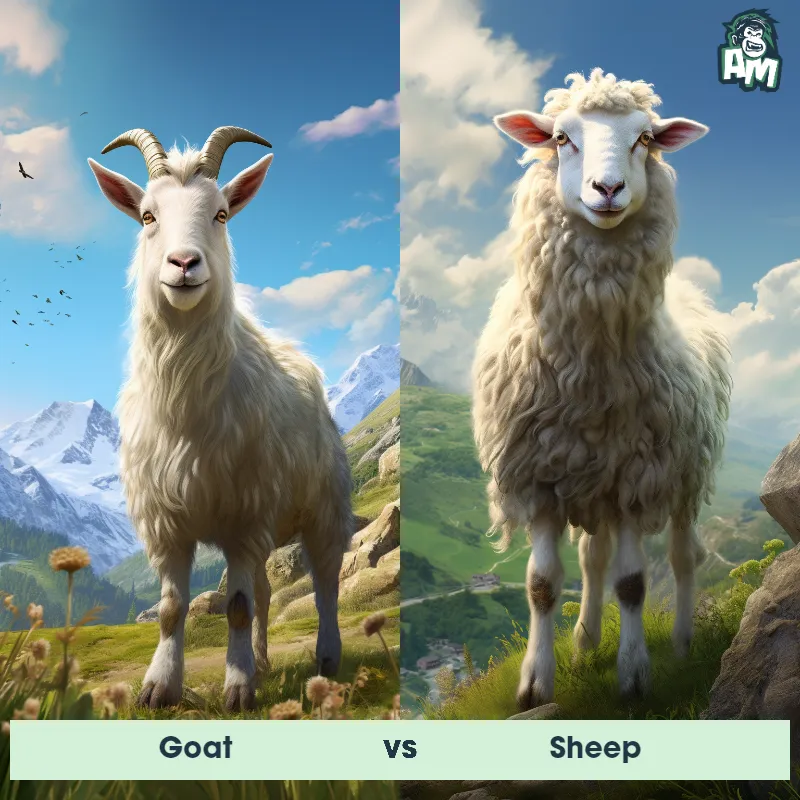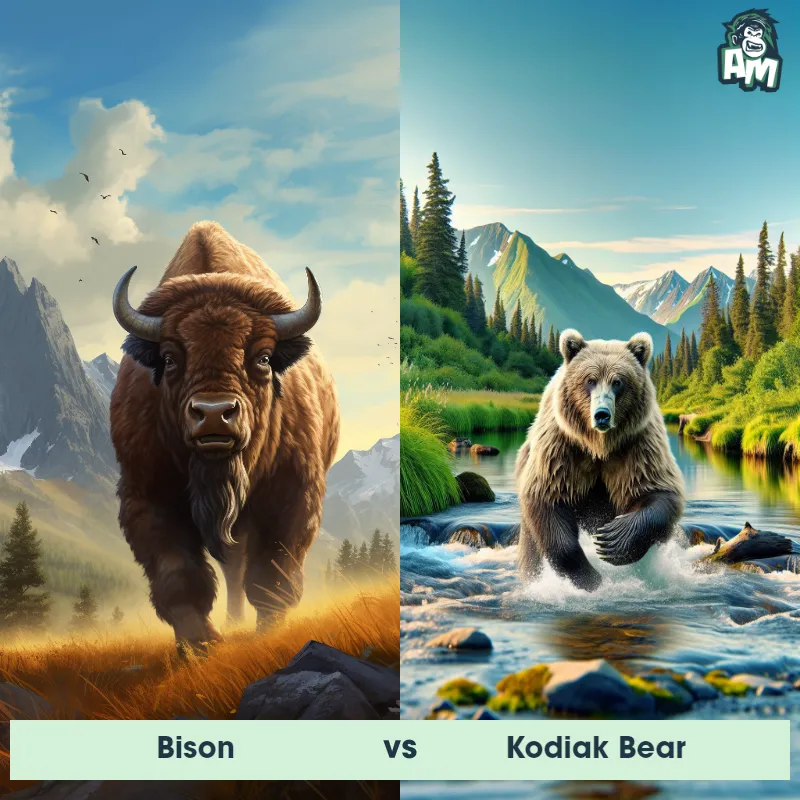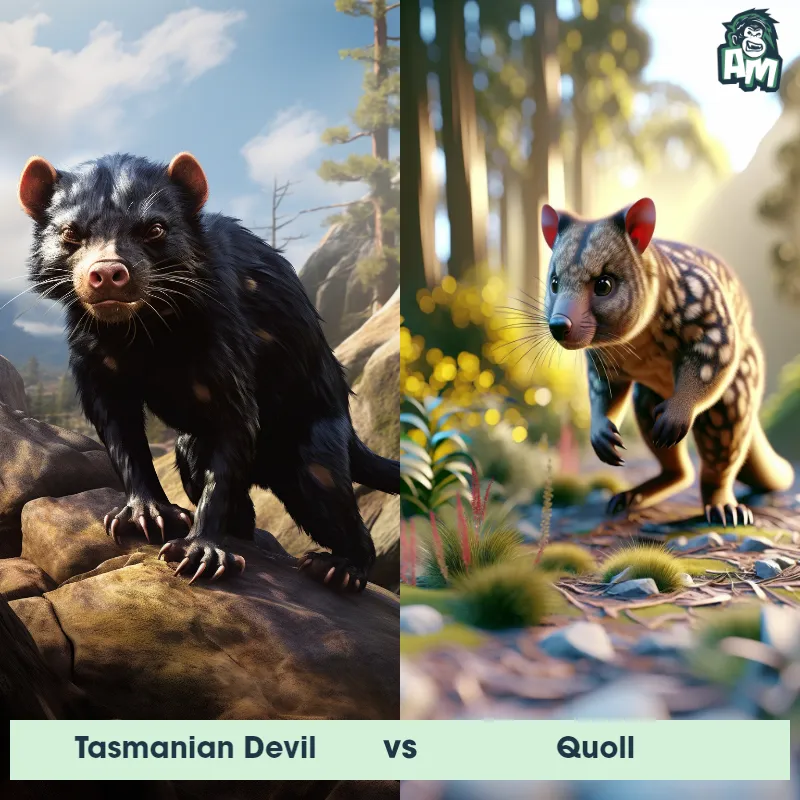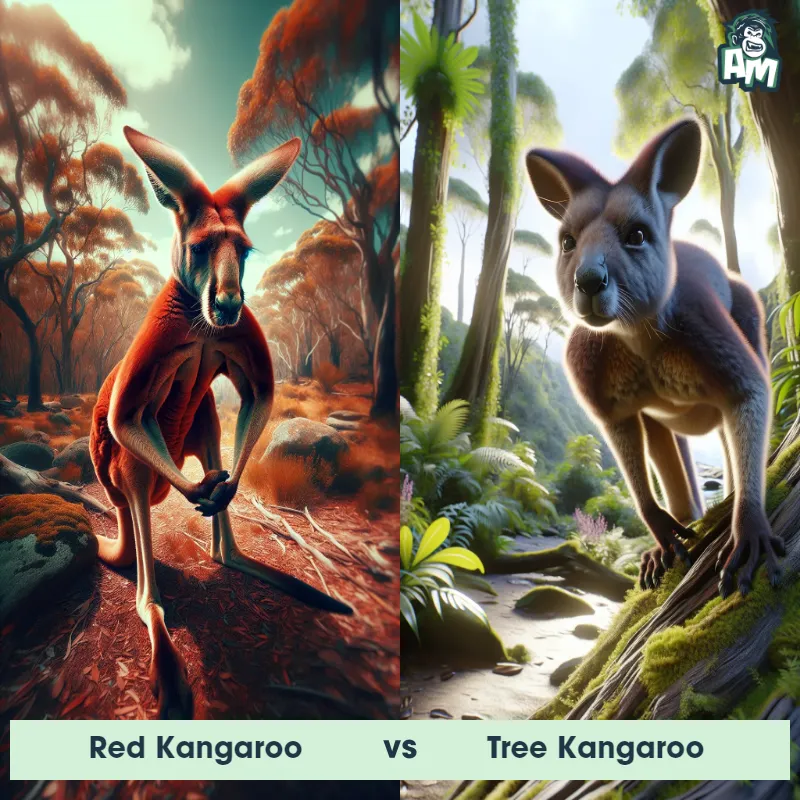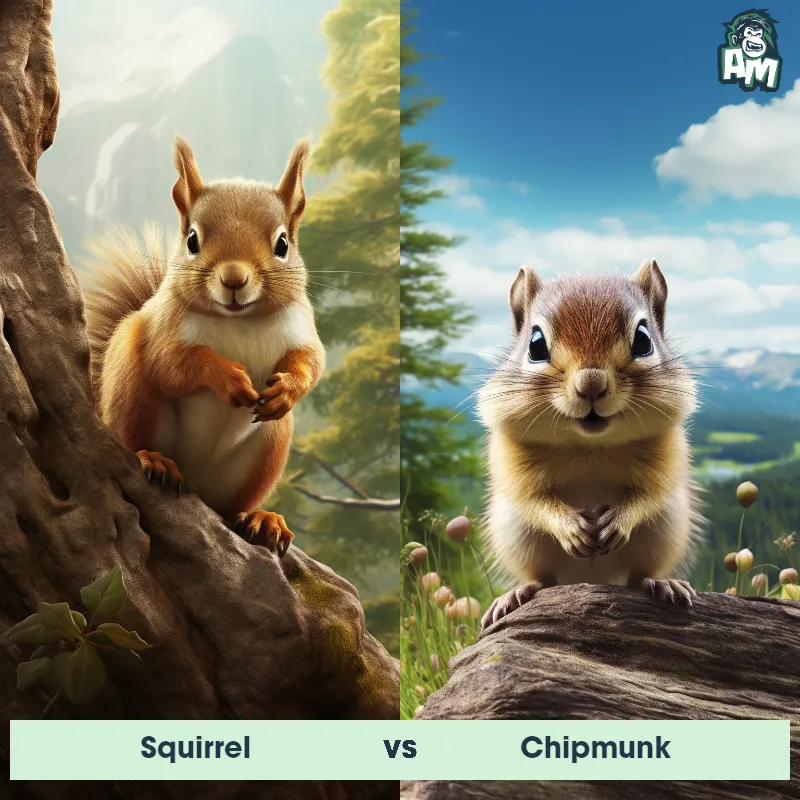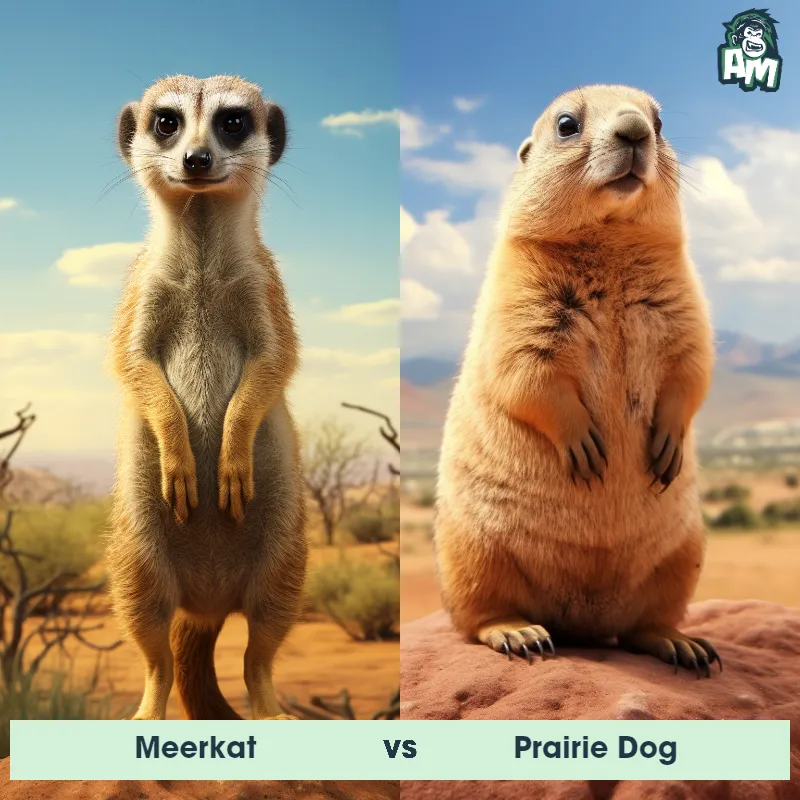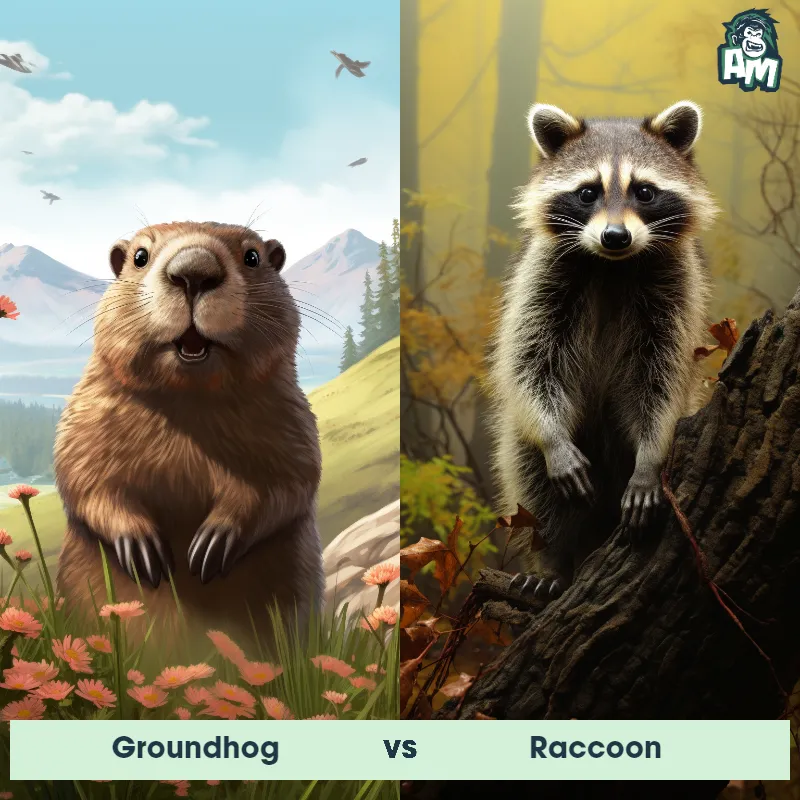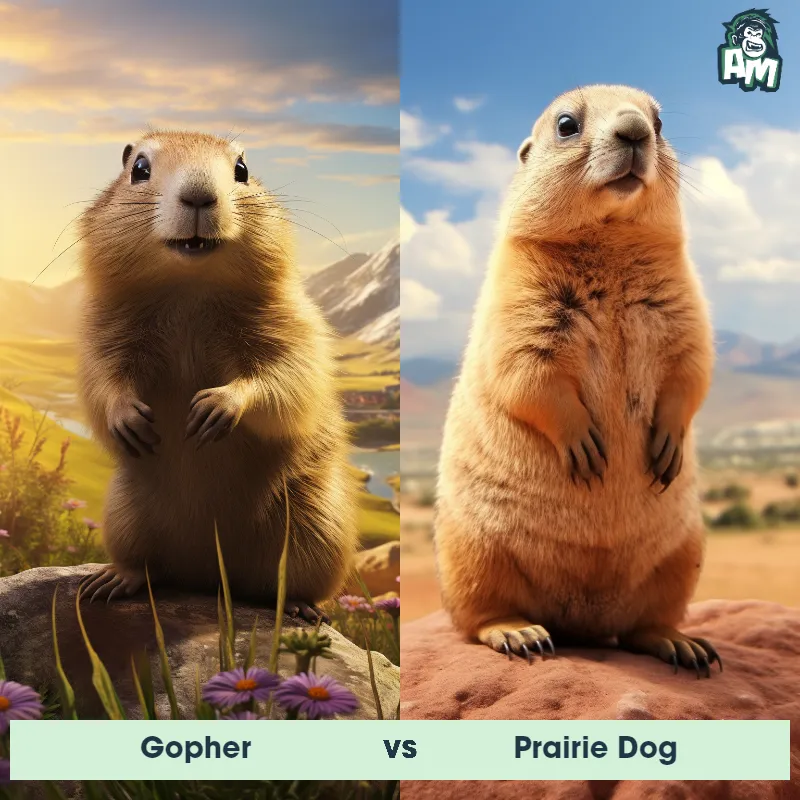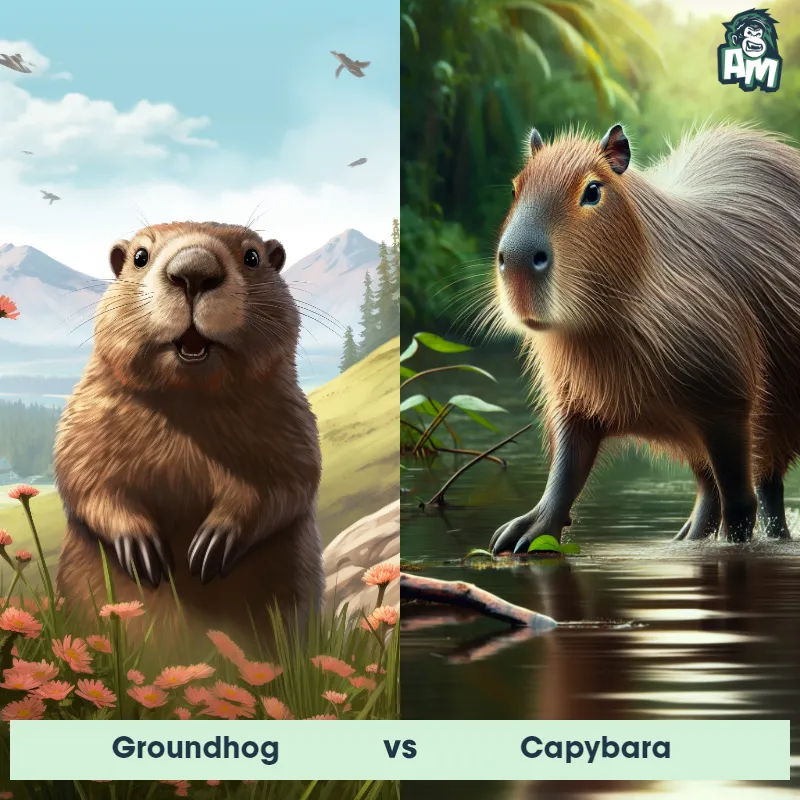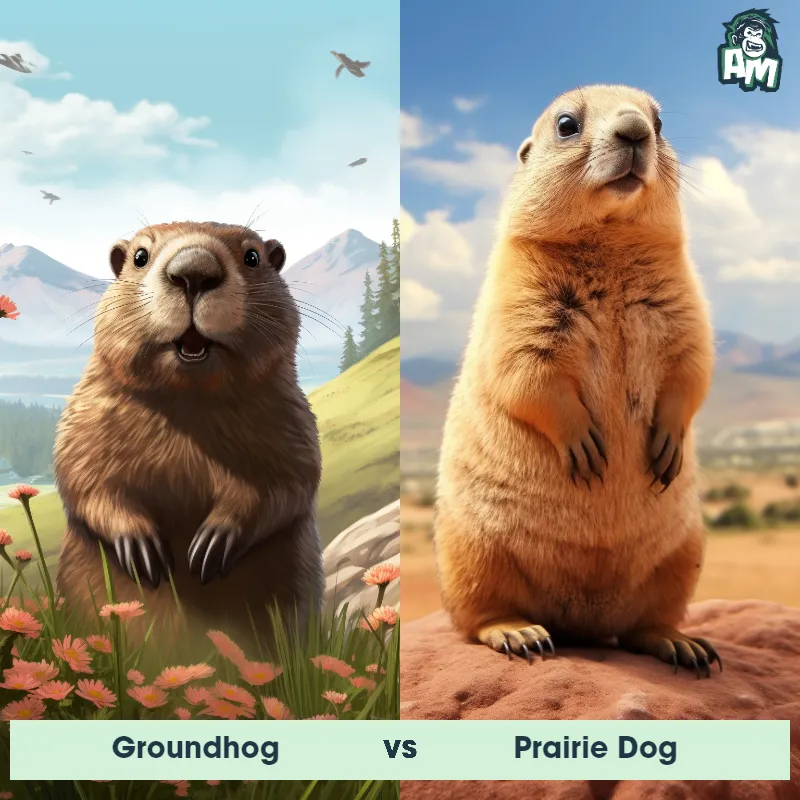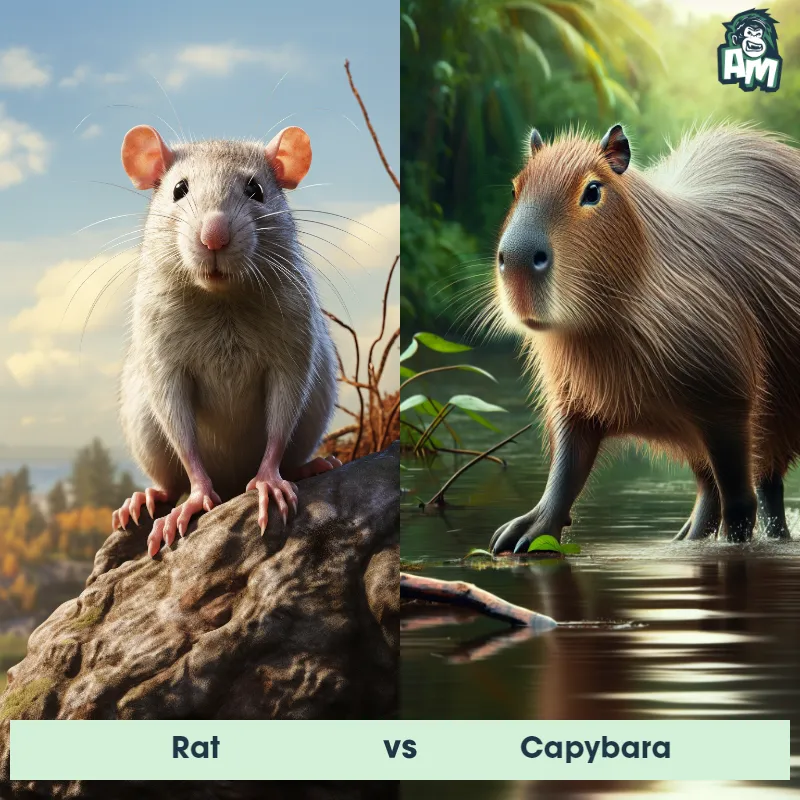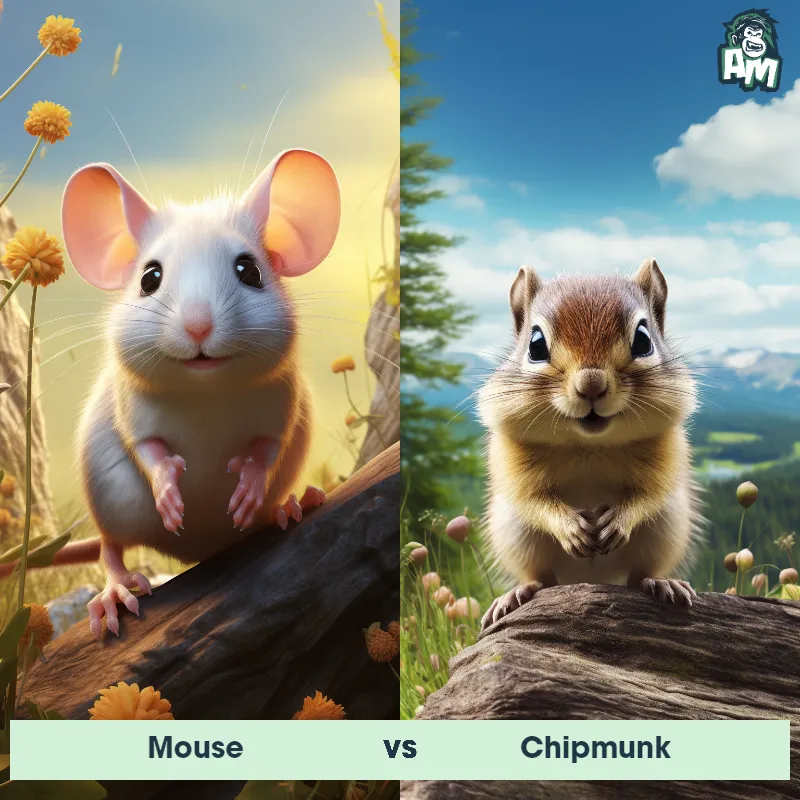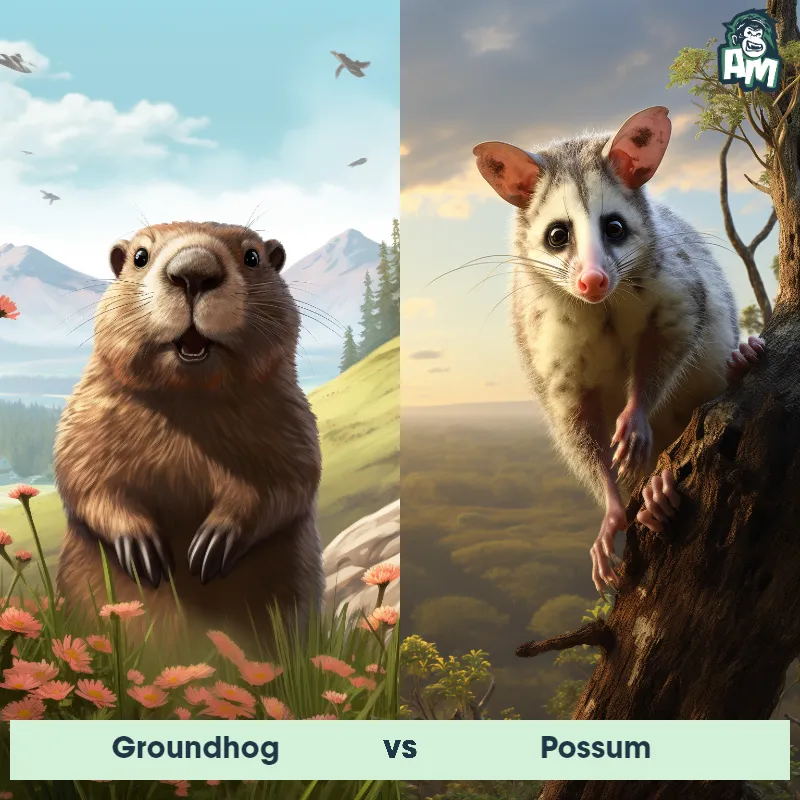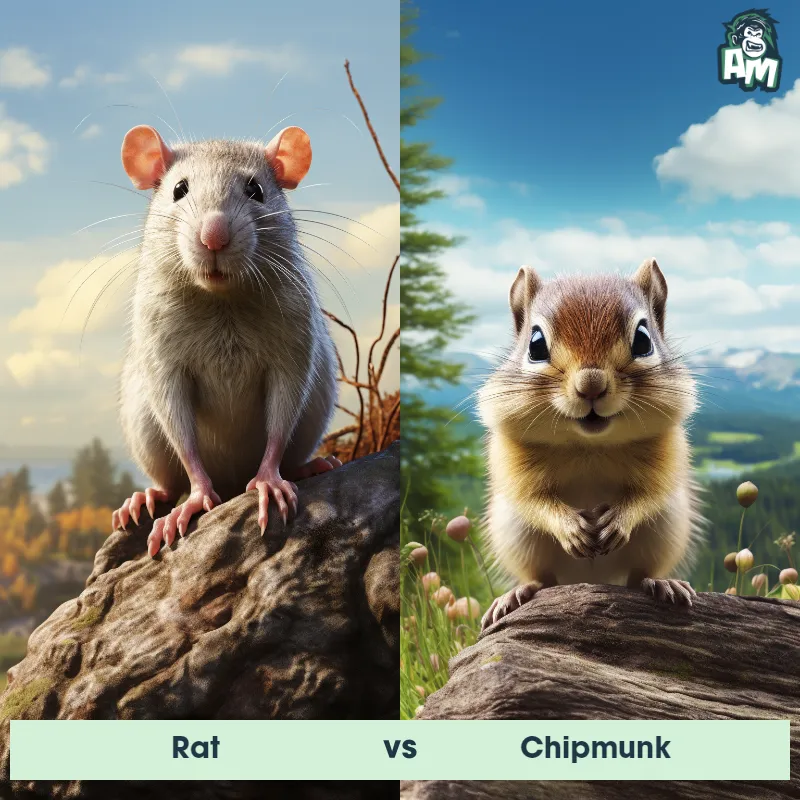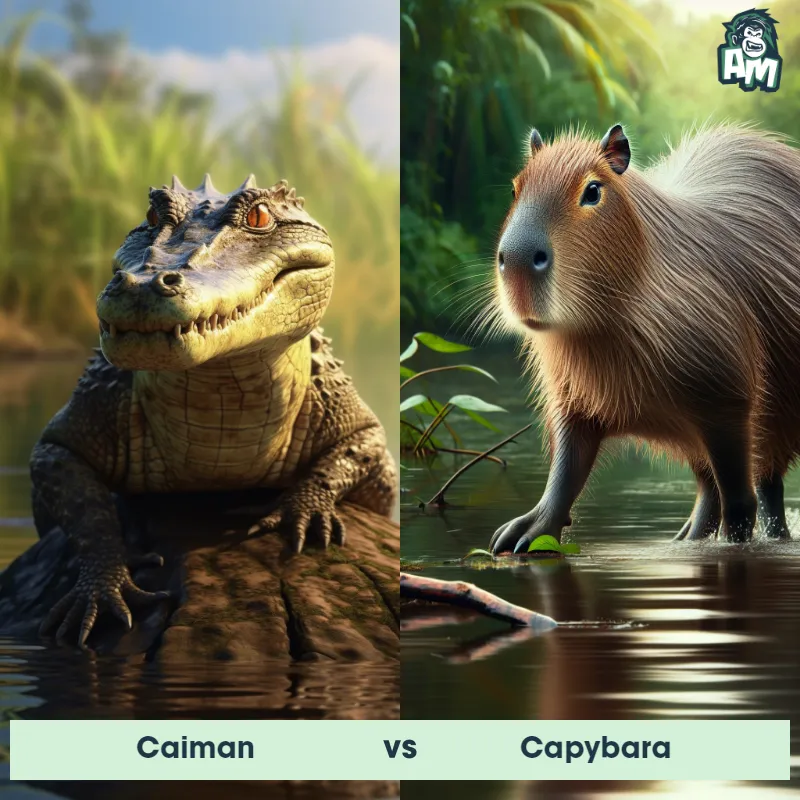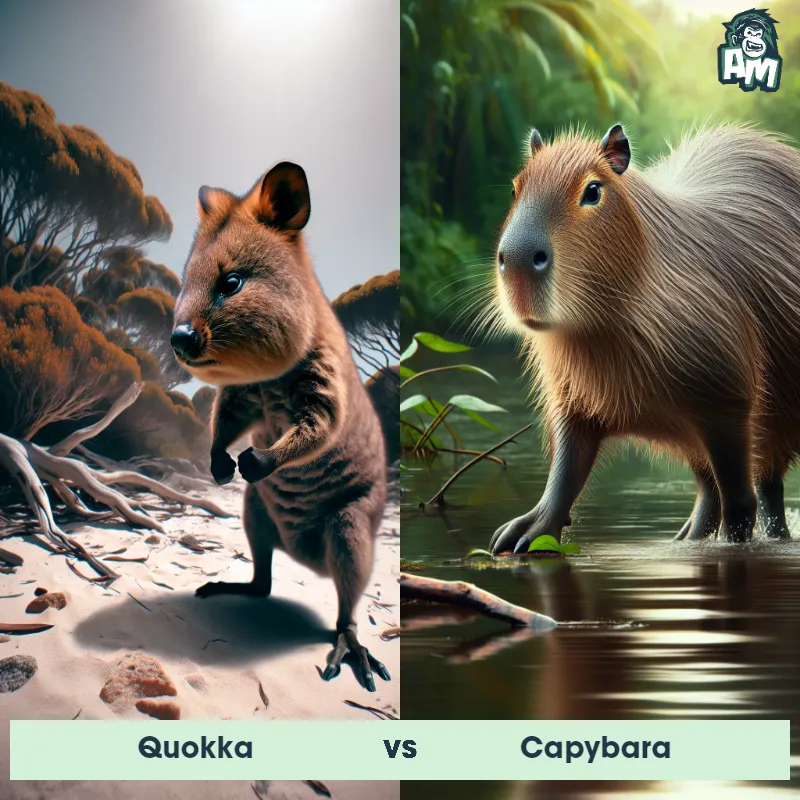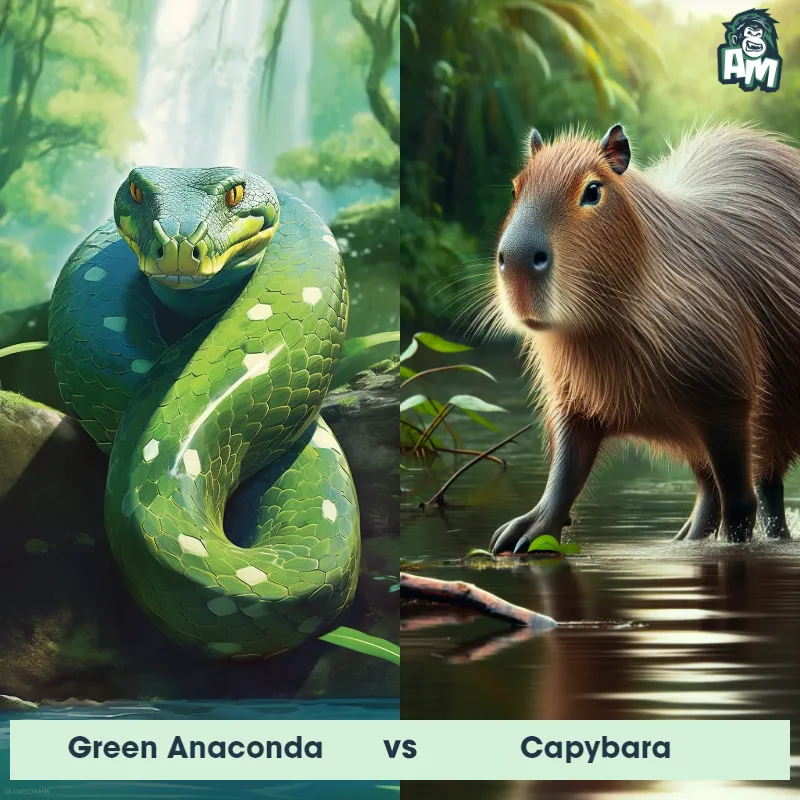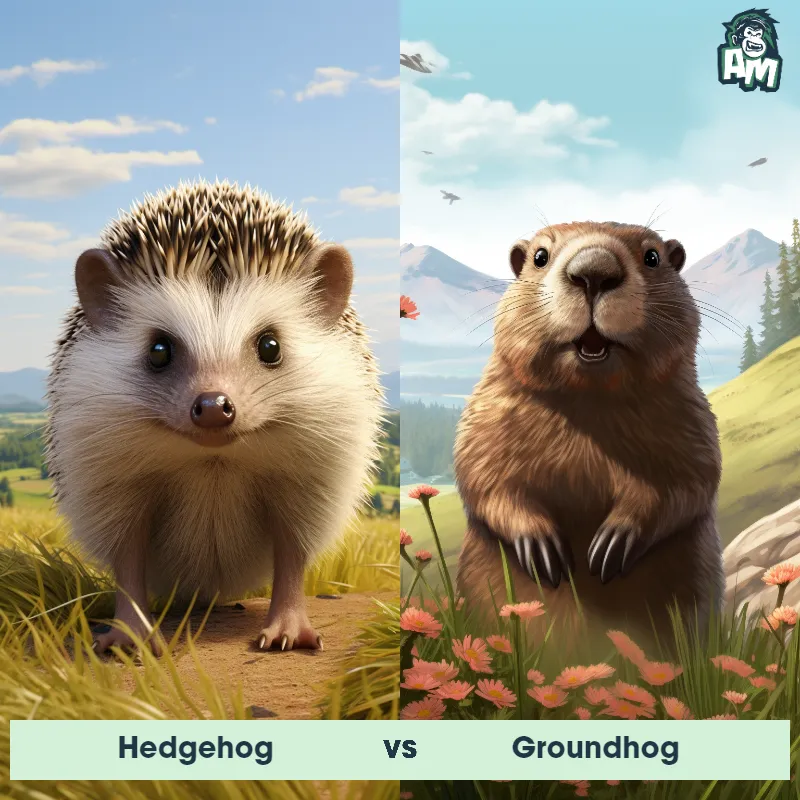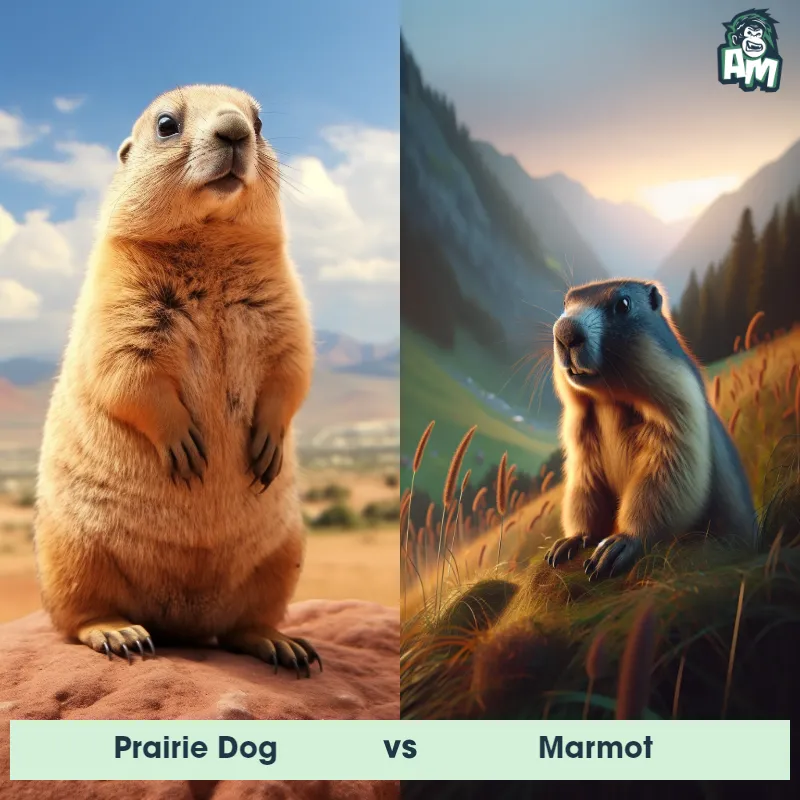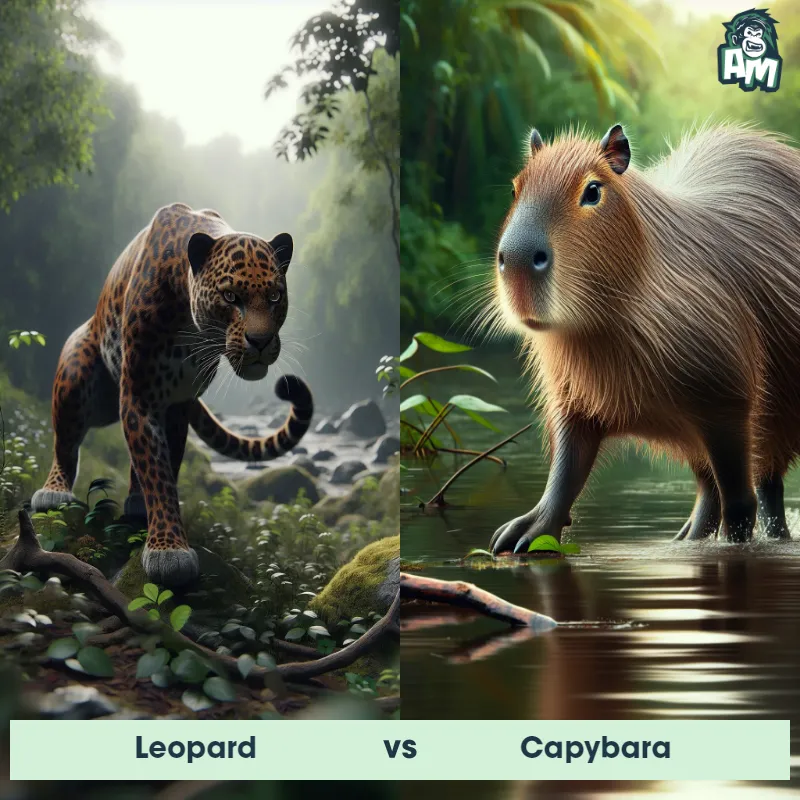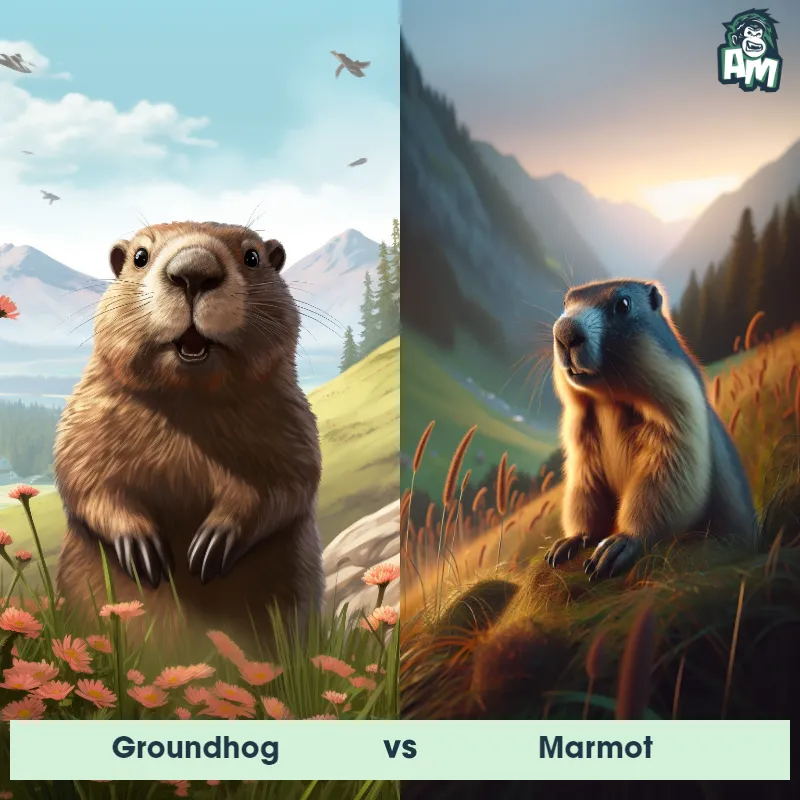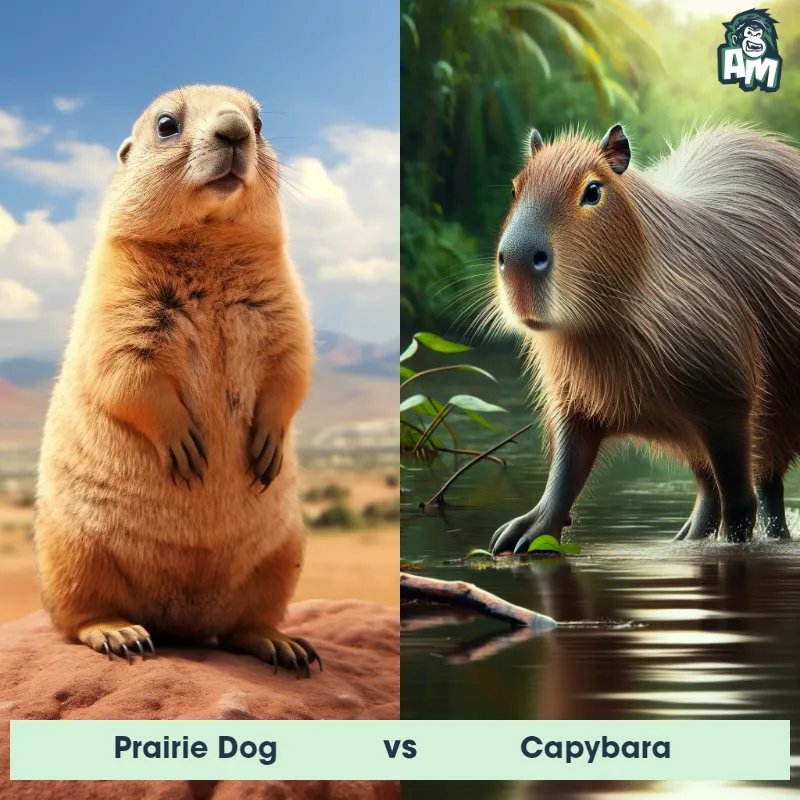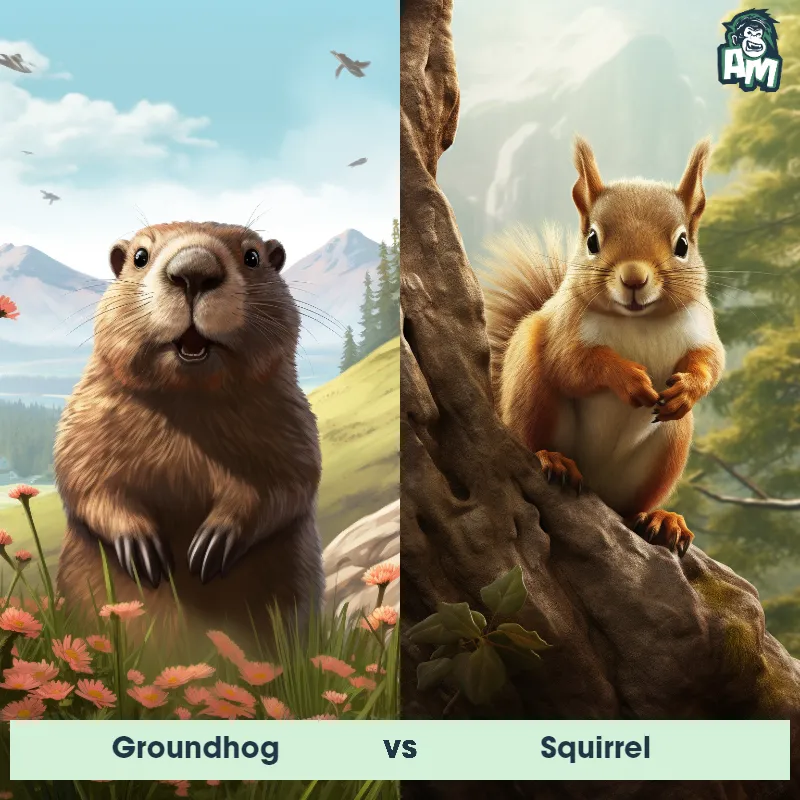Marmot vs CapybaraSee Who Wins

Ladies and gentlemen, welcome to this exciting matchup between two extraordinary creatures in the animal kingdom. Tonight, we have a battle between a feisty Marmot and a formidable Capybara. Both animals have showcased exceptional strength and agility, and now they're here to prove who reigns supreme. It's going to be a wild showdown, so buckle up and get ready for an unforgettable fight!
Contender 1: Marmot
The Marmot, also known as a groundhog or woodchuck, is a medium-sized rodent belonging to the squirrel family. It is characterized by its stout body, short legs, and bushy tail. Marmots have a short, coarse fur that can vary in color from brown to gray, depending on the species. They are well adapted to an underground lifestyle, with strong claws for digging burrows that can be up to 30 feet long. Marmots are social animals, living in colonies that consist of complex tunnel systems with separate chambers for nesting and hibernating. They are herbivores, feeding primarily on grasses, leaves, and flowers.
Fun Fact: Marmots are excellent diggers and can move up to a ton of soil when constructing their burrows.
Contender 2: Capybara
The Capybara, also known as Hydrochoerus hydrochaeris, is the largest rodent in the world. They are native to South America and are semi-aquatic creatures that spend a significant amount of time in water. Capybaras have a stocky, barrel-shaped body with a short head, small ears, and eyes positioned high on their head. They have webbed toes and can even close their ears and nostrils when fully submerged. Closely resembling a giant guinea pig, they have short, coarse fur that can vary in color from reddish-brown to gray, and their front teeth continue to grow throughout their lifespan.
Fun Fact: A fascinating fact about Capybaras is that they are highly social animals and are known to form close-knit family groups. They live in large herds of up to 100 individuals, comprising several adult males, females, and offspring. These herds have a hierarchical structure, with a dominant male leading the group and defending his territory and harem of females.
Matchup Stats
| Marmot | Capybara | |
|---|---|---|
| Size | Up to 2 feet long (60 centimeters) | About 1.2 meters (3.9 feet) in length |
| Weight | Up to 13 pounds (6 kilograms) | Around 50-65 kilograms (110-143 pounds) |
| Speed | 20mph (32km/h) | 22 mph (35 km/h) |
| Key Strength | Agility and ability to retreat into burrow | Powerful jaws and strong legs for defense |
| Biggest Weakness | Relatively small size and lack of offensive weapons | Less agile on land compared to in water |
Current Votes
Marmot vs Capybara
See Who Wins
View More Matches
Looking For More?
Similar Matches
Scientific Stats
| Marmot | Capybara | |
|---|---|---|
| Scientific Name | Marmota | Hydrochoerus hydrochaeris |
| Family | Sciuridae | Caviidae |
| Habitat | Mountains and meadows | Semi-aquatic, found in wetlands and grassy areas near water bodies. |
| Geography | North America, Europe, Asia | Native to South America, specifically found in countries such as Brazil, Venezuela, Colombia, and Argentina |
| Diet | Herbivorous, primarily grasses, leaves, and flowers | Herbivorous, primarily feeding on grasses and aquatic plants. |
| Lifespan | 6 years - 10 years | 10 years - 12 years |
Key Differences between Marmot and Capybara
- Size: The Capybara is significantly larger than the Marmot, with adults reaching up to 4 feet (1.2 meters) in length and weighing between 77 and 146 pounds (35 to 66 kilograms), while the Marmot typically measures around 2 feet (0.6 meters) long and weighs between 11 and 18 pounds (5 to 8 kilograms).
- Habitat: Capybaras are primarily found in semi-aquatic habitats such as wetlands, marshes, and riversides within Central and South America, while Marmots typically inhabit mountainous regions, preferring alpine meadows and open grasslands in North America, Europe, and Asia.
- Tail Length: The Capybara possesses a very short, almost non-existent tail, typically measuring between 0.4 and 0.8 inches (1 to 2 centimeters) in length, whereas Marmots have a relatively longer tail, measuring around 6 to 9 inches (15 to 23 centimeters).
- Coloration: Capybaras have a short, coarse, and uniformly reddish-brown or dark brown fur, while Marmots vary in color depending on the species, ranging from light brown to dark brown, with some species displaying patches of white or gray.
- Facial Features: Capybaras possess relatively small, round ears and a blunt snout, while Marmots have prominent, rounded ears and a more pointed snout.
- Body Shape: Capybaras have a stocky and barrel-shaped body, resembling a large rodent, while Marmots have a more elongated and slender body shape, with a distinct neck and head.



